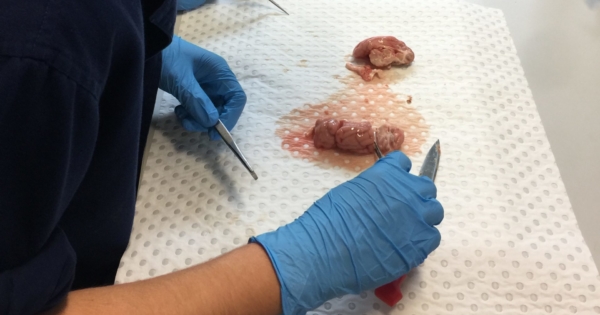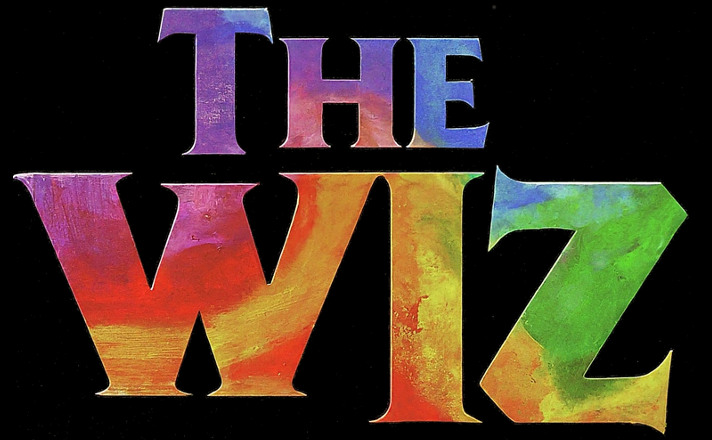
Year 9 Brain Dissection
Year 9 students have been exploring biological sciences, describing what is required for life through the coordinated function of body systems, in this instance: the nervous system.
Students started off the topic by investigating how accessible Melbourne is for people who have a spinal cord injury. They reflected on their experiences whilst being on City Cite. We discussed the limitations our city has in accommodating for these needs.
This discussion then led into learning the difference between the Central Nervous System and the Peripheral Nervous System, the different parts of the brain and their function.
The brain is generally described as having three main areas: the hindbrain, midbrain and the forebrain.
Students are expected to know the structure and function of the following brain areas: Cerebrum, cerebellum, brain stem and what it comprises of, hypothalamus, thalamus and corpus callosum.
We then compared the anatomy of the human and sheep brain in preparation for a sheep brain dissection.
You can watch the video to gain an understanding of the sheep brain anatomy.
As the students completed the dissection, they were required to identify the different structures of the brain, provide a description and an image for it.
The dissection was not a compulsory activity and halal sheep brains were used. Students were welcome to observe the dissections or work on finding images of the different structures of the brain online.
This activity allowed students to familiarise themselves with different tools required for a dissection, using the correct techniques and how to use a scalpel in a safe manner.






